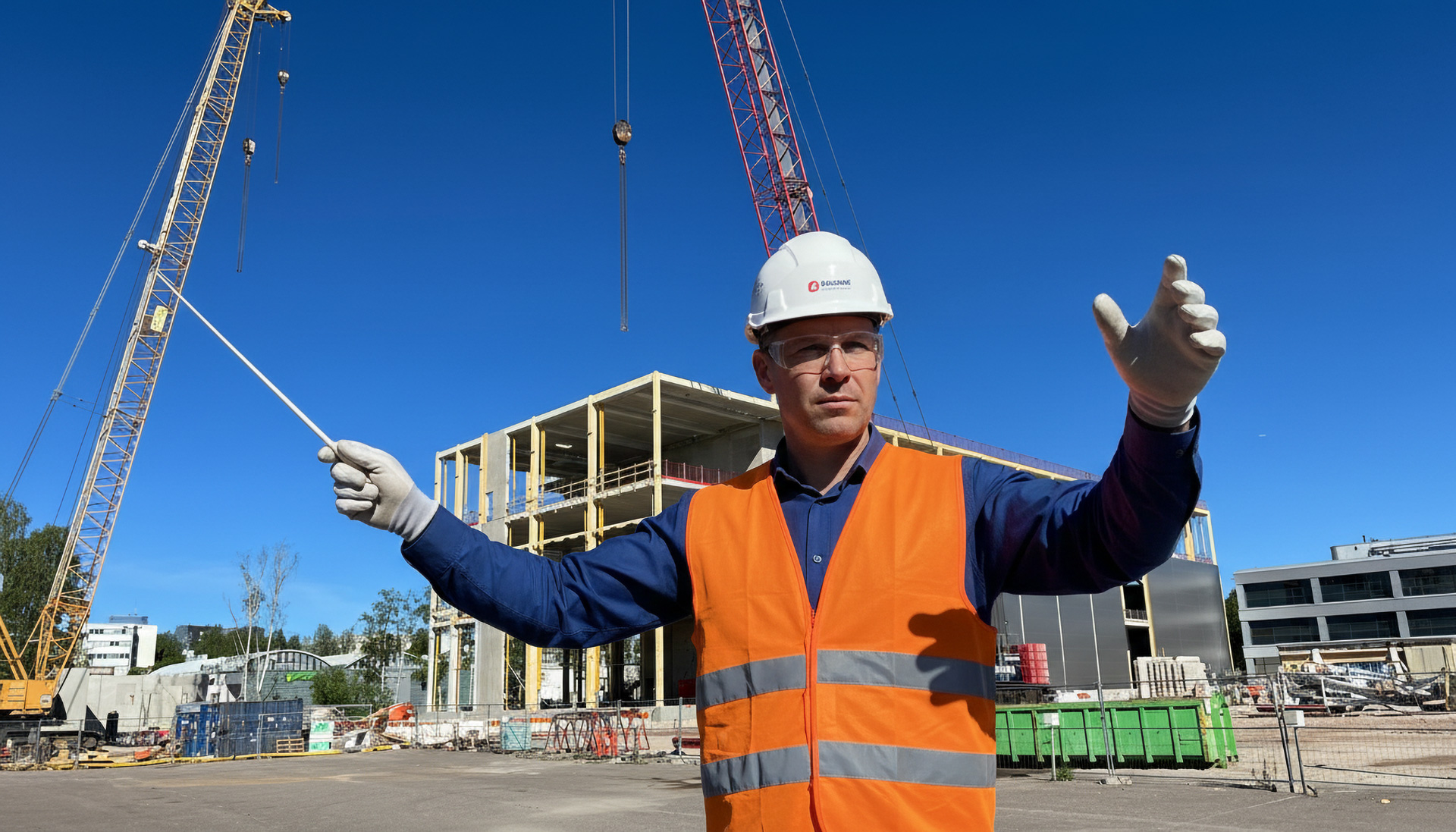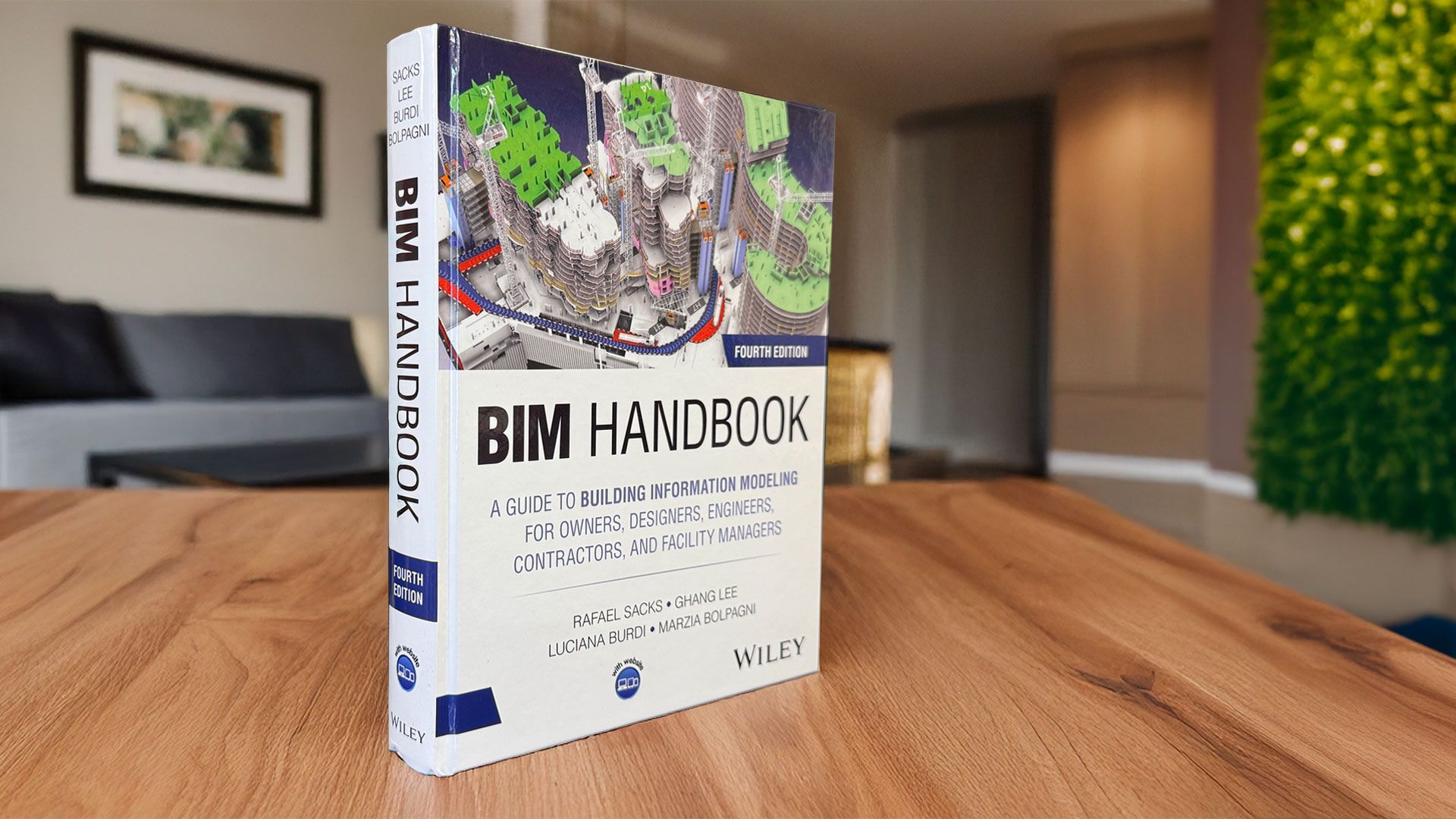Category: Features
-

A Technician’s Role in Ensuring Asphalt Quality and Pavement Performance
In an industry where precision determines pavement performance, few roles carry more day-to-day responsibility than field quality control. It’s the kind of work that demands technical confidence, physical stamina and the ability to make confident decisions in unpredictable conditions. That challenge is exactly what drives Quality Control Inspector Tracy Richard. Richard specializes in the real-world…
-

Holiday Reset: Hidden Costs to Eliminate Before the 2026 Season Starts
The weeks around Christmas and New Year’s offer a rare slowdown for most of us. It’s also one of the best times to uncover those small and overlooked expenses that can take us down throughout the year with a hefty cost. While some expenses are impossible to avoid — fuel, materials, insurance — others creep…
-

The Future of General Contractors as Ecosystem Orchestrators
The ongoing discussion about the impact of AI and data-driven business models suggests a future in which the traditional role of general contractors will undergo substantial changes. Coincidentally, I just read two takes on this question: one from Ryan Kunisch, Oracle’s VP of Global Product, and another in a new Building 2030 research report. They…
-

The Missing Link in BIM: Why We Need “Translators” in Construction
We often describe BIM as a technical challenge. We focus on software, standards, and data formats. But after talking with Mariel Gutierrez, a BIM consultant and architect in Stuttgart, Germany, I was reminded that the biggest obstacle isn’t technology; it’s communication. Mariel describes herself not just as a BIM expert but as a “translator.” She…
-

Dalux Reports $100 Million Revenue Milestone and Widespread European Adoption
The Danish software company Dalux has released new figures for 2024, reporting a significant milestone in its growth: USD 100 million in annual revenue. Following a reported decade of consistent 40%+ year-over-year growth, the company now claims to be Europe’s largest BIM software provider based on its active user base. According to Dalux, its platform…
-

Is This the “Contractor of AI Agents” We’ve Envisioned?
Explore how AI is transforming construction with Unlimited Industries, an innovative AI-native EPC firm disrupting traditional models. The post Is This the “Contractor of AI Agents” We’ve Envisioned? appeared first on AEC Business. View the original article and our Inspiration here
-

Note These Key Snow Thrower Safety Tips Ahead of Winter Weather
Clearing snow from driveways, sidewalks and parking lots is a major task each winter, and safe operation of snow throwers remains essential. The Outdoor Power Equipment Institute (OPEI) is urging homeowners and business owners to prepare equipment early and follow basic safety practices before the next storm. OPEI President and CEO Kris Kiser says unpredictable…
-

The Great R&D Divide: China, Europe, and the Profitability Trap
I found interesting data comparing R&D spending among the largest Chinese and European construction companies in a recent Construction Briefing article. The Chinese giants easily led in dollars spent, dwarfing their European counterparts. The leaderboard Chinese state-owned construction giants invest billions of dollars annually in R&D. Here are some examples: China State Construction Engineering Corp (CSCEC):…
-

Veterans Strengthen the Construction Industry Amid Skilled Worker Shortages
In a world built on progress, few industries rise and fall with changing times as much as the construction industry. This field never stands still, as skilled workers shape skylines and neighborhoods, laying the backbone of our cities. As demand grows and skilled hands become harder to find, the answer stands in plain sight: veterans.…
-

A New Era for BIM: Inside the Fourth Edition of the BIM Handbook
The newly released fourth edition of the BIM Handbook arrives at a moment when digital construction is undergoing its most profound transformation since BIM first surfaced. To explore what has changed and how it has reflected on the handbook, I spoke with one of the book’s co-authors, Dr. Marzia Bolpagni, Head of BIM International and…
